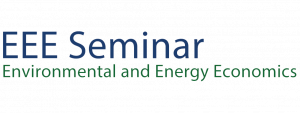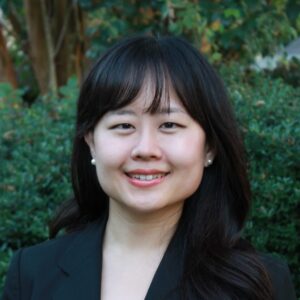
University of California, Berkeley
“Will Cleaning Up the Local Environment Narrow or Widen Inequality?”
Time: 12:10pm-1:30pm
Note: We will send out a notice in the future when this is rescheduled.
Abstract: If cleaning up a local environment also raises prices, does that widen or narrow inequality? We combine an equilibrium sorting model characterizing location choices with a new approach to causally estimate the impact of a cleaner environment on location utility to answer this question. We estimate the model leveraging a plausibly exogenous change in the local environment due to shale gas propensity, together with spatially-granular bilateral migration, air quality, and emissions data. Our preliminary results characterize relative welfare changes by racial groups under the observed environmental quality improvements, as well as simulated under counterfactual environmental policies. The results aim to quantify the connection between equity oriented place-based environmental policy and residential location choices.






